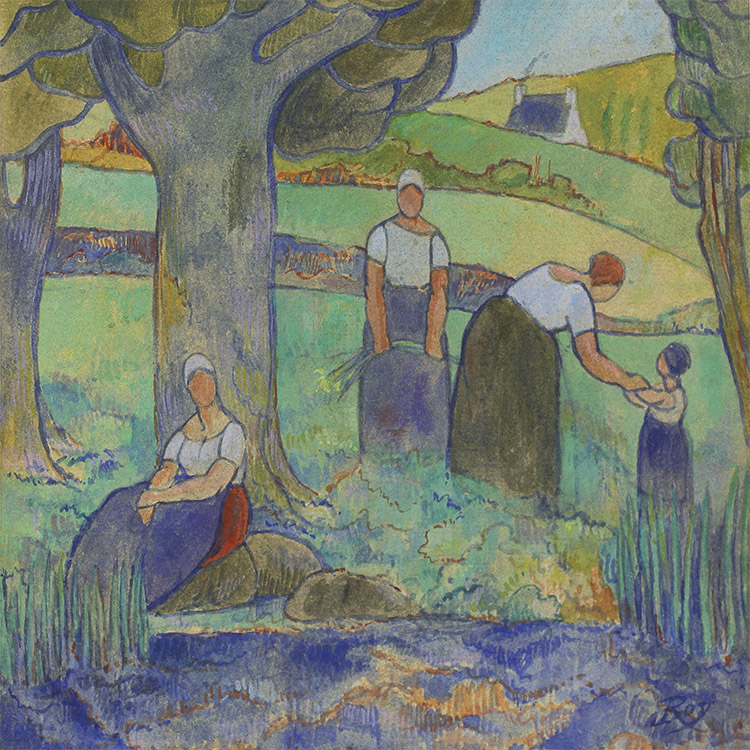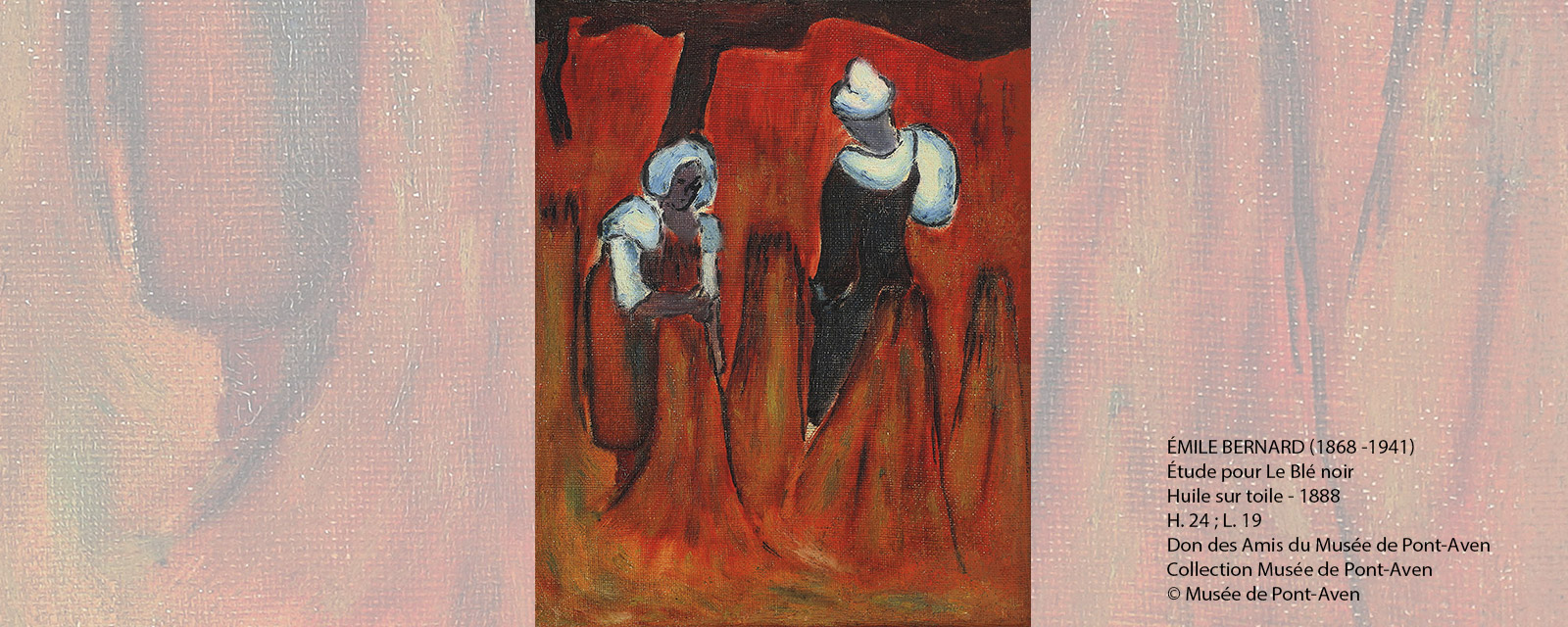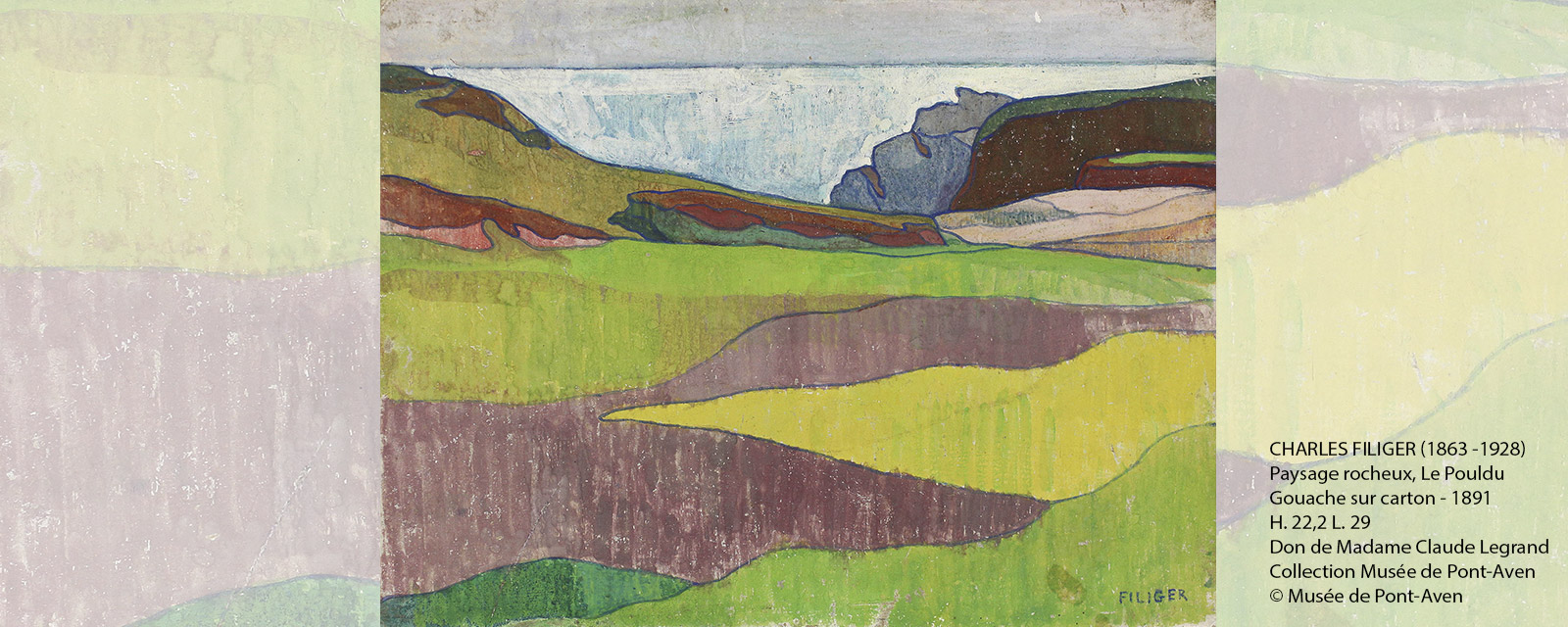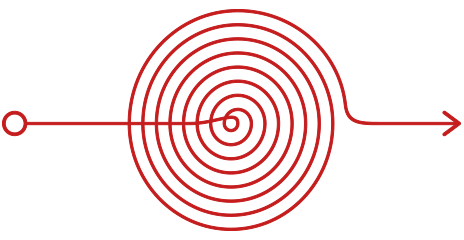

The birth of synthetism is a real artistic epic. It happened in Pont-Aven at the end of the 19th century when Paul Gauguin met the young Emile Bernard and later on, Sérusier.
The principles of synthetism or the “School of Pont-Aven’s style” are the following: bright colors swatches, clear separation of fore and background, geometrical approch of the composition.
When Paul Gauguin arrived in Pont-Aven for the first time (in 1886) he was still “just an impressionist”, disciple of the painter Pissarro.
Following the advices of the painter Jobbe-Duval, Paul Gauguin came to this nice and cheap breton village: originally, Gauguin was mostly interested by the cheapness of the town.
The artist stayed there to find new ideas, news challenges, but verything really started in 1888.
Paul Gauguin met the young artist Emile Bernard, creator of “Les bretonnes dans la prairie”, to which Gauguin answered with “La Vision après le sermon”, another avant-garde masterpiece.

At that moment appears what we call “Synthetism”, also known as the “Ecole de Pont-Aven”. Its principles can be summerized as follows: bright colors swatches with no perspective, separation of fore and backgrounds with marked outlines ( a japanese engraving inspiration), a geometrical approach of the composition that keeps the essential by removing any details.

They were not afraid to use bright and bold colors and to get back to the basics.
The group appeared in Brittany between 1886 to 1888 and together, they abolished conventions by searching and elaborating this pictorial innovation . This work was a first step towards what we call modern art. A small step for mankind and a huge step for Art.
